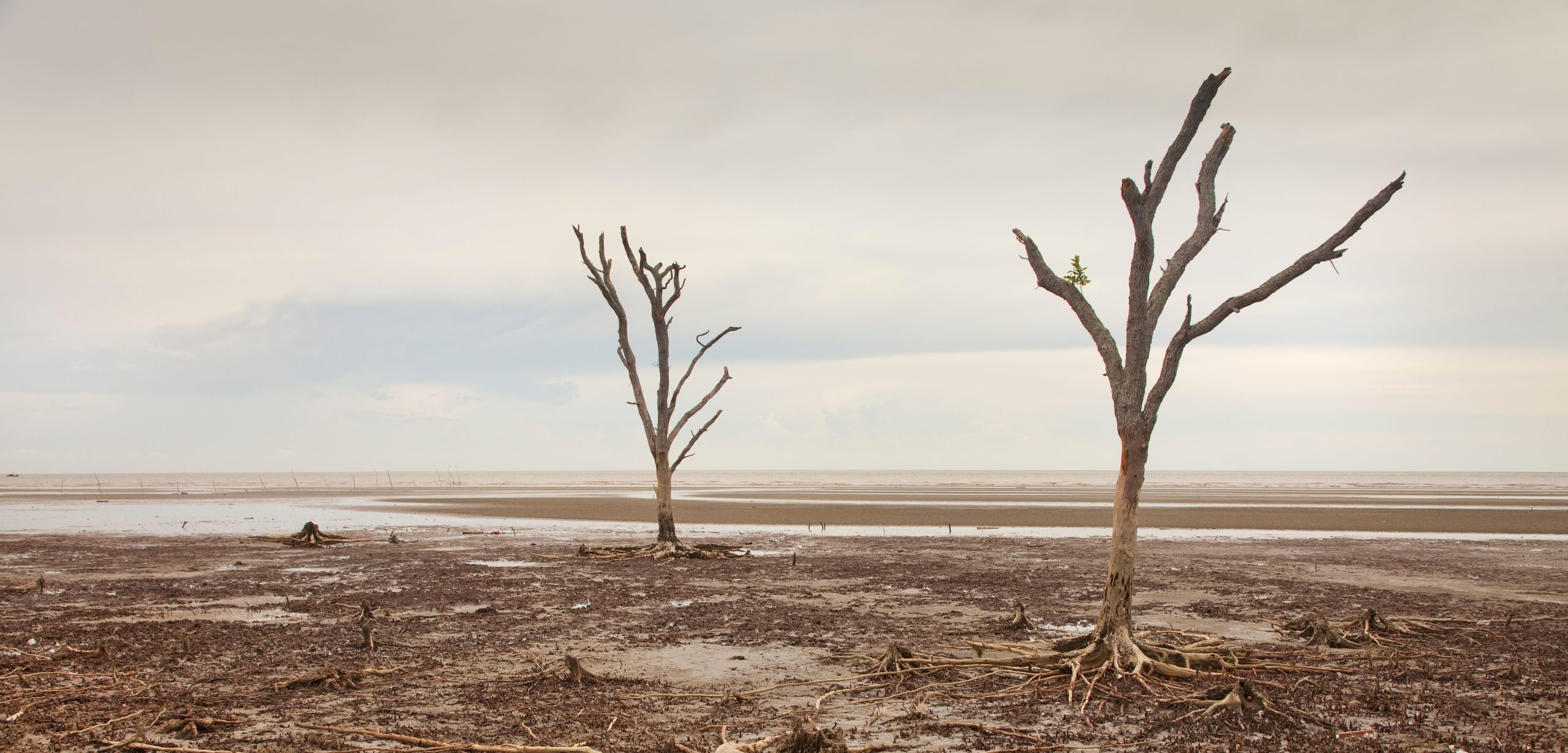Earthquakes’ Ecological Aftershock
The coastal Klallam people had to adapt to an altered ecosystem in the wake of an earthquake and tsunami.
Article body copy
The Pacific coast of North America is infamous for its earthquakes. Several fault lines routinely produce minor tremors, and up and down the coast people are preparing for the next big one. Though scientists have largely focused on the future, trying to predict and manage the risk of the pending cataclysm, some researchers have begun to look to the past, to see how historical people were affected by these sudden catastrophes.
In what is now Port Angeles, Washington, the village of Tse-whit-zen was founded about 2,800 years ago. The Klallam inhabitants weathered at least three major earthquakes in this village. In the early 20th century, the village was finally buried, not by a natural disaster, but by the construction of a lumber mill.
In 2004, an excavation recovered massive quantities of shell, fish bones, and artifacts from the site, preserving a record of the village’s ancient fishing economy.
“We could tell on a fine scale—much finer than normal with archaeology—how things changed over just a few years,” says archaeologist Kathryn Mohlenhoff, who studied the site while she was a graduate student at Portland State University. By comparing the archaeological finds from immediately before and after major earthquake-generated tsunamis hit the area, Mohlenhoff found clues as to how the quakes had affected the Klallam people and their environment.
The Klallam, like other Coast Salish peoples, relied heavily on the sea, and Mohlenhoff’s analysis showed an abrupt shift in what species of fish were available after a tsunami.
These findings align with observations made in the wake of other major tsunamis. In the immediate aftermath of Alaska’s devastating 1964 Good Friday earthquake, for instance, tsunami waves collapsed buildings, washed away or smashed boats, and damaged the ecosystem. Aside from the obvious human toll, the tsunami waves also pushed up streams, churning the gravel where salmon spawn, and contaminating the fresh water with sand and salt. Uplift and subsidence from the earthquake destroyed some salmon streams outright.
The Klallam likely experienced similar ecological upheavals, but in the end the people of Tse-whit-zen proved resilient.
The archaeological dig shows that when a tsunami hit the Washington coastline in the 15th century, the salmon became scarce for a number of years. But an increased use of Pacific herring seems to have made up the shortfall, says Mohlenhoff. As it turns out, the near-shore eelgrass beds where herring spawn recover much more quickly from tsunami damage than other coastal habitats.
By understanding how ecosystems responded to and recovered from earthquakes in the past, Mohlenhoff says we may be able to better predict how the species we depend on today will respond to similar catastrophes.

